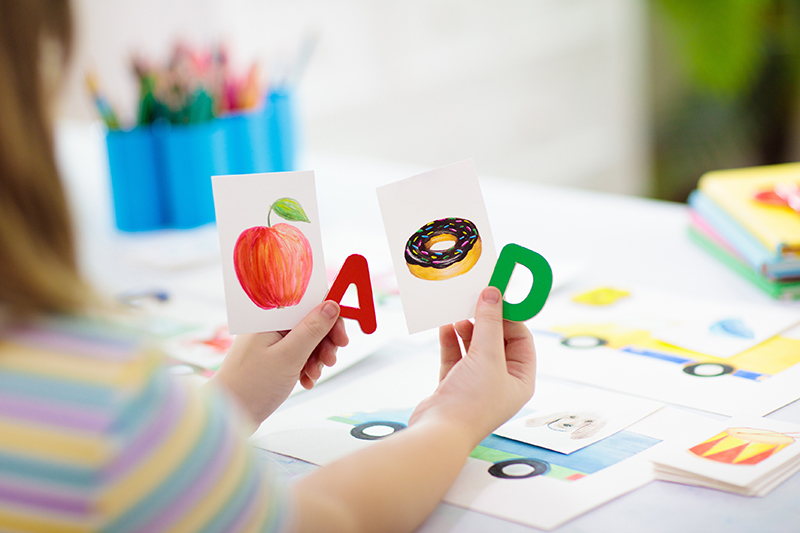
How to Differentiate Between Attention Issues and Auditory Processing Disorder (APD) in Children
When children struggle to follow instructions or pay attention, it’s easy to assume they may have an attention-related disorder like ADHD. However, Auditory Processing Disorder (APD) can present similar challenges, making it difficult for parents to understand what’s really going on. While both conditions can affect a child’s ability to process information, they stem from different causes and require distinct interventions. In this blog, we’ll explore how to differentiate between attention issues and APD, helping parents make informed decisions for their child’s well-being.
What is Auditory Processing Disorder (APD)?
Auditory Processing Disorder occurs when the brain has difficulty processing sounds, even though a child’s hearing may be normal. Children with APD may hear sounds clearly but struggle to interpret or make sense of them, especially in noisy environments. This condition can lead to challenges with understanding speech, following verbal instructions, and distinguishing between similar sounds.
How Attention Issues Can Overlap with APD
Attention-related disorders like ADHD often involve difficulty focusing, staying on task, or remembering instructions. Children with ADHD may also have trouble following directions or filtering out distractions, much like those with APD. Both conditions can result in poor academic performance, social difficulties, and frustration in communication, which is why the two are sometimes confused.
Key Differences Between Attention Issues and APD
1. Cause of the Difficulty:
APD affects how the brain processes auditory information, while attention issues are related to a child’s ability to focus on and attend to tasks. A child with ADHD may be perfectly capable of understanding speech but may get distracted easily or lose focus. On the other hand, a child with APD may struggle even when they are fully paying attention.
2. Environmental Sensitivity:
Children with APD often find noisy environments particularly challenging. Background noise can make it difficult for them to pick out important auditory information, such as a teacher’s voice. Children with attention issues, however, may struggle to focus regardless of the noise level.
3. Consistency of Behaviour:
Children with attention disorders typically exhibit issues across a variety of settings and tasks, not just during auditory activities. A child with APD, however, may perform well in tasks that don’t require listening, such as reading or hands-on activities, but struggle with verbal instructions or group discussions.
How to Identify if Your Child Has APD
If you suspect your child might have APD rather than an attention disorder, consider these signs:
- Difficulty following verbal instructions, especially in noisy settings.
- Frequent requests for repetition (“What?” or “Can you say that again?”).
- Problems distinguishing between similar sounds, like “cat” and “cap.”
- Misunderstanding verbal instructions or missing parts of conversations.
What Should You Do Next?
If your child exhibits these signs, consulting a speech-language pathologist or audiologist for a thorough evaluation is important. They can assess your child’s auditory processing abilities and recommend strategies or interventions. Similarly, if your child shows signs of an attention disorder, consulting a pediatrician or psychologist can help determine the best path forward.
Supporting Your Child: Strategies for Both Conditions
Whether your child has APD, attention issues, or both, there are effective strategies to support their learning and communication:
- Preferential Seating: Place your child closer to the teacher in classrooms to reduce background noise and distractions.
- Visual Cues: Use written instructions, diagrams, or visual aids to supplement verbal communication.
- Clear, Simple Instructions: Break instructions into smaller steps, allowing time for processing or focus.
- Auditory Training and Therapy: For APD, specialised auditory training programs can improve the brain’s ability to process sounds over time.
Conclusion
Understanding the differences between attention disorders and Auditory Processing Disorder is key to finding the right support for your child. While both conditions can make following instructions difficult, they stem from different causes. By observing your child’s behaviour in various settings and seeking professional guidance, you can better support their learning and communication needs.


